Market Growth Projections
The Global Non-Ionic Surfactants Market Industry is projected to experience substantial growth over the coming years. With an expected market value of 19.6 USD Billion in 2024, the industry is on a trajectory to reach 30.3 USD Billion by 2035. This growth reflects a compound annual growth rate of 4.05% from 2025 to 2035, driven by various factors including increased demand in personal care, household products, and industrial applications. The market's expansion is indicative of the broader trends towards sustainability and innovation, as manufacturers seek to meet evolving consumer expectations and regulatory standards.
Growth in Personal Care Sector
The Global Non-Ionic Surfactants Market Industry is significantly influenced by the expanding personal care sector. Non-ionic surfactants are integral in formulating shampoos, conditioners, and skin care products due to their ability to enhance texture and stability. As the global population becomes increasingly aware of personal grooming and hygiene, the demand for high-quality personal care products rises. This trend is likely to propel the market forward, with projections suggesting that the industry could reach 30.3 USD Billion by 2035. The continuous innovation in product formulations further supports this growth, as brands seek to differentiate themselves in a competitive landscape.
Rising Demand in Household Products
The Global Non-Ionic Surfactants Market Industry experiences a notable surge in demand driven by the increasing use of non-ionic surfactants in household cleaning products. These surfactants are favored for their mildness and effectiveness in removing dirt and grease without harsh effects on surfaces or skin. As consumers become more environmentally conscious, manufacturers are reformulating products to include biodegradable non-ionic surfactants, aligning with sustainability trends. This shift is projected to contribute to the market's growth, with the industry expected to reach 19.6 USD Billion in 2024, indicating a robust consumer preference for safer cleaning solutions.
Emerging Markets and Economic Growth
The Global Non-Ionic Surfactants Market Industry is poised for expansion in emerging markets, where economic growth and urbanization drive increased consumption of consumer goods. As disposable incomes rise, consumers in these regions are more inclined to purchase personal care and household products that contain non-ionic surfactants. This trend is particularly evident in Asia-Pacific and Latin America, where the demand for quality products is escalating. The growing middle class in these regions indicates a potential for market growth, as the industry adapts to local preferences and needs, further solidifying its global presence.
Industrial Applications and Versatility
The versatility of non-ionic surfactants in various industrial applications contributes to the growth of the Global Non-Ionic Surfactants Market Industry. These surfactants are utilized in sectors such as textiles, agriculture, and oil recovery, where their emulsifying and wetting properties are essential. For instance, in the textile industry, non-ionic surfactants facilitate dyeing processes, improving color uptake and consistency. As industries seek to enhance efficiency and product quality, the demand for non-ionic surfactants is likely to increase. This trend suggests a steady growth trajectory, with a projected CAGR of 4.05% from 2025 to 2035, reflecting the ongoing reliance on these surfactants across diverse applications.
Regulatory Support for Eco-Friendly Products
The Global Non-Ionic Surfactants Market Industry benefits from increasing regulatory support aimed at promoting eco-friendly and sustainable products. Governments worldwide are implementing stringent regulations to limit the use of harmful chemicals in consumer products, thereby encouraging manufacturers to adopt non-ionic surfactants that are less toxic and more biodegradable. This regulatory landscape fosters innovation and investment in the development of sustainable surfactant alternatives. As a result, the market is likely to witness accelerated growth, as companies align their product offerings with regulatory expectations and consumer preferences for environmentally responsible solutions.
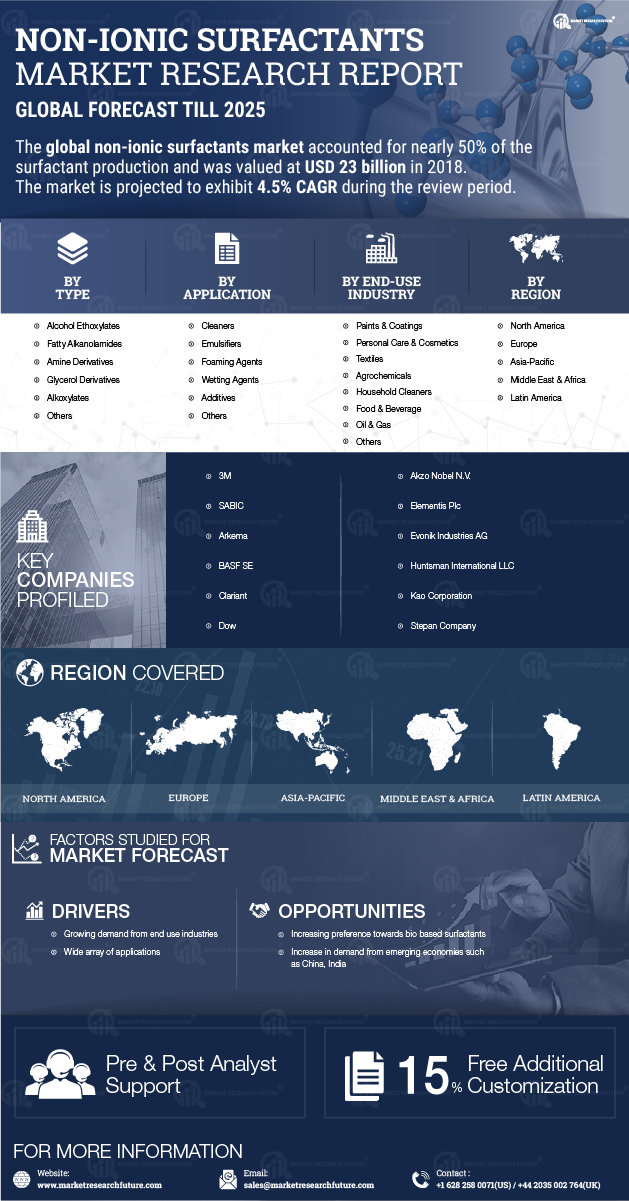

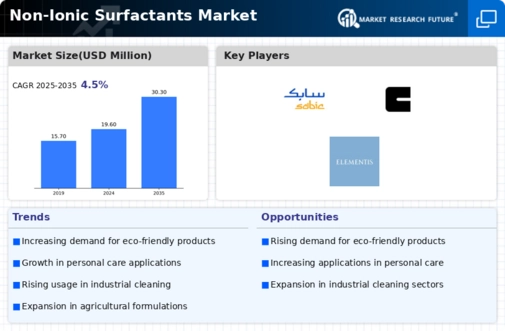
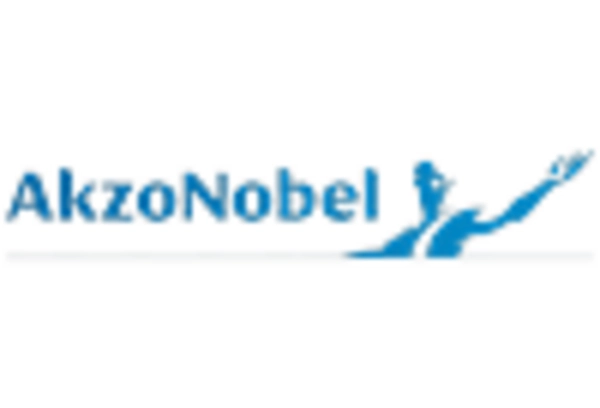

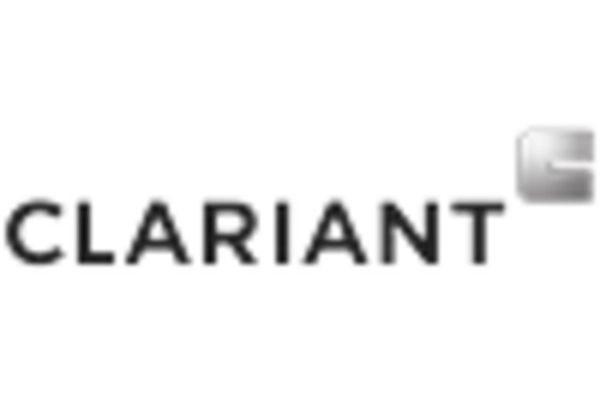
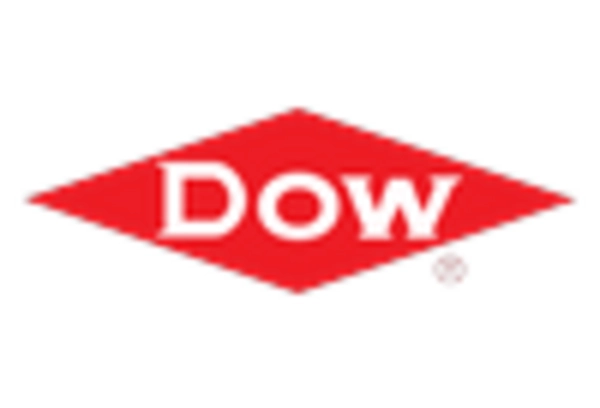
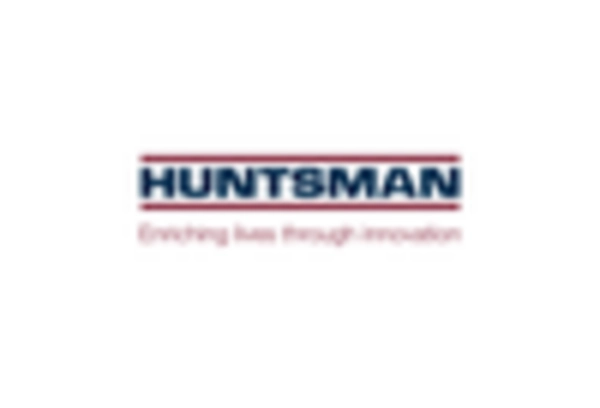
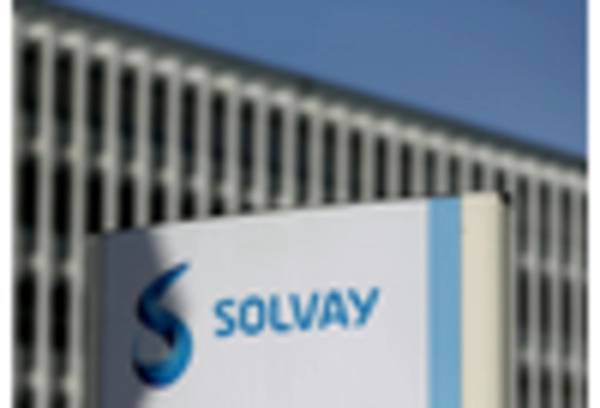








Leave a Comment